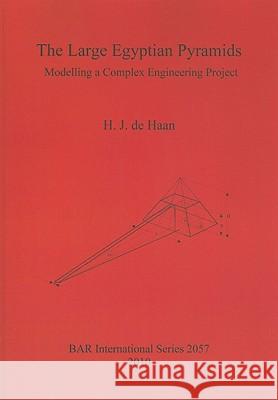The Large Egyptian Pyramids: Modelling a Complex Engineering Project » książka
The Large Egyptian Pyramids: Modelling a Complex Engineering Project
ISBN-13: 9781407305462 / Angielski / Miękka / 2010 / 140 str.
The building process of the Egyptian pyramids has been the subject of many publications. However, a thorough review of this literature reveals that only certain aspects of this process have been studied in isolation, without taking into account the interaction between various activities involved, such as quarrying, transportation and building and without a sound quantitative basis. The present study aims at filling this gap by means of an integrated mathematical model. Attention is focussed on the largest pyramid, the one built by Cheops. The model simulates an efficient project co-ordination by balancing supply and demand of the building material, with all the activities related to the growth of the pyramid and by assuming a constant total workforce. It enables the reader to determine the effect of different building methods and the productivity of the workers. Three building methods have been studied, successively making use of a linear ramp, of a spiral ramp and of levers. These methods are compared in terms of the number of men and man-years required. Calculations have been carried out for two sets of input data, indicated as base case and maximum case.











